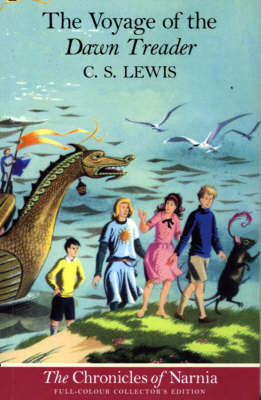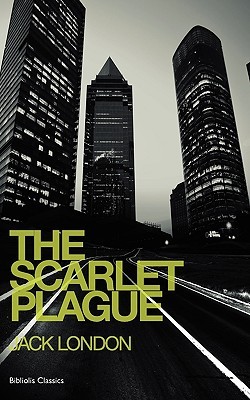This first book is divided into a few different parts. The first half of the book is mostly about the narrator telling us about different things from his childhood. There really isn't any plot and nothing that interesting happens... but it was still a fascinating read. Even though I'm reading a translation, it shows that Proust knew his way around words and is excellent at describing different emotions and sensations. He seems fascinated at how memories are triggered by random things. It is kind of like reading a really well written diary.
 The second section of the book has the same narrator, but instead of talking about himself he tells a story from the past about a family friend, Charles Swann and his love affair with Odette de Crecy. Basically Swann becomes obsessed with Odette and they start a relationship together. However Swann suspects that Odette is unfaithful to him and he keeps hearing rumours about Odette's crazy past. There really isn't too much plot for a section that takes 200 pages, but again it is very fascinating. It really lets you get into Swann's deepest emotions and how he analyzes what he is feeling and trying to put things together. One five page sequence is just about the emotions and thoughts Swann has while hearing a piece of music.
The second section of the book has the same narrator, but instead of talking about himself he tells a story from the past about a family friend, Charles Swann and his love affair with Odette de Crecy. Basically Swann becomes obsessed with Odette and they start a relationship together. However Swann suspects that Odette is unfaithful to him and he keeps hearing rumours about Odette's crazy past. There really isn't too much plot for a section that takes 200 pages, but again it is very fascinating. It really lets you get into Swann's deepest emotions and how he analyzes what he is feeling and trying to put things together. One five page sequence is just about the emotions and thoughts Swann has while hearing a piece of music.The final section of the book goes back to the narrator's past as he tells about his childhood crush Gilberte Swann who is the daughter of Charles and Odette. Basically the narrator had fallen completely in love with her and details the many ways that he would try to alter their relationship.
Overall I really enjoyed reading this book and look forward to the rest of the series. I found the reoccurring theme of how memory works to be fascinating and it made me think about my own past and how I often remember things that I hadn't thought of in years for some unknown reason.
This is how the first volume ends "The places we have known do not belong only to the world of space on which we map them for out own convenience. None of them was ever more than a thin slice, held between the contiguous impressions that composed our life at that time; the memory of a particular image is but regret for a particular moment; and house, roads, avenues are as fugitive, alas as the years."
A


